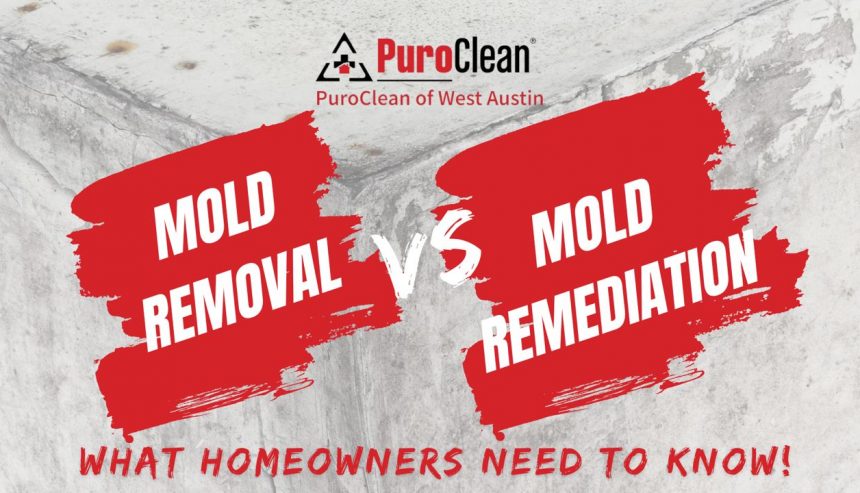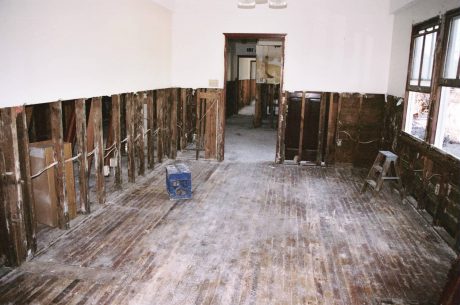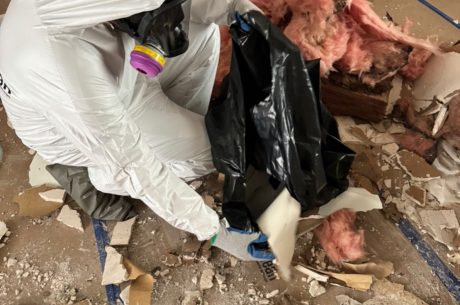Table of Contents
Exposure to mold can have severe health implications, making prompt mold removal and remediation crucial. Mold remediation involves identifying and eliminating the source of moisture that fuels mold growth, followed by safely removing the mold itself. Effective mold removal requires specialized training and equipment to prevent cross-contamination and ensure complete eradication. If left untreated, mold can spread rapidly, leading to widespread property damage and potentially harmful health effects. By investing in professional mold remediation, you can restore a safe and healthy environment, protect your property’s value, and prevent the costly consequences of unchecked mold growth.
Mold Removal: A Short-Term Solution
When you spot mold in your home, your first instinct might be to grab a sponge and start scrubbing. This approach, known as mold removal, can be a quick fix for small-scale problems. However, it’s essential to understand its limitations and when it’s appropriate to tackle the issue yourself.
When Mold Removal is Appropriate
Mold removal can be a suitable solution for minor infestations covering less than 10 square feet. If you’re dealing with a small patch of mold on a non-porous surface, you might be able to handle it yourself. This DIY approach can be effective for addressing visible mold growth quickly, potentially saving you money and time.
To remove mold, you’ll need to use appropriate cleaning agents. While bleach is a common go-to, it’s not always the best choice. Borax, vinegar, or hydrogen peroxide can be more effective and safer alternatives. For instance, borax mixed with hot water can kill many types of mold without emitting harmful fumes.
DIY vs Professional Mold Removal
When deciding between DIY and professional mold removal, consider these factors:
- Cost: DIY methods are generally less expensive upfront.
- Immediacy: You can address the issue right away without waiting for professional help.
- Learning experience: Tackling mold removal yourself can teach you about prevention and maintenance.
However, DIY mold removal has its drawbacks:
- Time-consuming: The process can be physically demanding and take considerable time.
- Health risks: Without proper protective equipment, you may expose yourself to mold spores.
- Incomplete removal: You might miss hidden mold or fail to eliminate it entirely.
- Potential damage: Incorrect techniques can damage surfaces or spread mold spores.
Professional mold removal, while more costly, offers several advantages:
- Expertise: Professionals can accurately identify mold types and assess the extent of the problem.
- Advanced equipment: They use specialized tools for thorough removal, even in hard-to-reach areas.
- Safety: Professionals have proper protective gear and know how to handle mold safely.
- Efficiency: They can complete the job faster and more thoroughly than most homeowners.
Limitations of Mold Removal
It’s crucial to understand that mold removal is often a short-term solution. While it can address visible mold, it doesn’t solve the underlying moisture problem that caused the mold growth in the first place. Without addressing this root cause, mold is likely to return.
Moreover, mold removal doesn’t always eliminate all mold spores. Some may remain dormant, ready to grow again if conditions become favorable. This is particularly true for porous materials like drywall or carpeting, where mold can penetrate deeply.
In cases of extensive mold growth (more than 10 square feet), hidden mold, or when dealing with toxic black mold, professional help is strongly recommended. These situations require more comprehensive approaches that go beyond simple removal.
Remember, mold removal is just one part of the solution. To truly address a mold problem, you need to identify and fix the source of moisture, improve ventilation, and take steps to prevent future mold growth. This holistic approach is what distinguishes mold remediation from simple mold removal, making it a more effective long-term solution for your home.
Mold Remediation: Addressing the Root Cause
While mold removal might seem like a quick fix, mold remediation offers a more comprehensive solution to address the underlying issues causing mold growth. This process involves more than just cleaning up visible mold; it’s about identifying the source, preventing future growth, and ensuring the air quality in your home is safe.
Comprehensive Mold Assessment
To start the remediation process, professionals conduct a thorough assessment of your property. This includes:
- Identifying the type and extent of mold growth
- Locating hidden mold in hard-to-reach areas
- Determining the root cause of moisture problems
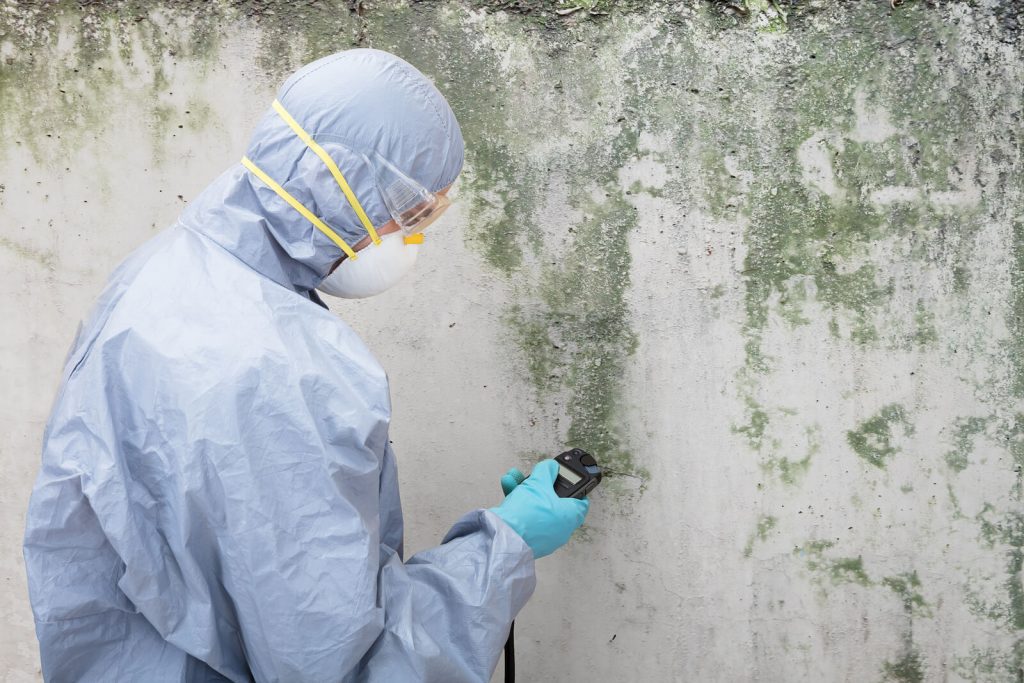
Even when mold is visible, testing can help identify the specific type and severity, guiding the remediation process more effectively. This assessment is crucial for developing a tailored plan to address your unique situation.
Moisture Control and Prevention
The key to mold control is moisture control. Without addressing the underlying moisture issue, mold can quickly return, defeating the purpose of remediation. Here are some essential steps:
- Fix plumbing leaks and other water problems as soon as possible
- Dry all items completely after water damage or flooding
- Maintain proper ventilation to reduce indoor humidity levels
- Use air conditioning systems to help control moisture
- Ensure proper insulation to prevent condensation
Remember, absorbent or porous materials like ceiling tiles and carpets may need to be discarded if they become moldy, as mold can grow deep within these materials.
Professional Remediation Techniques
Professional mold remediation services have the expertise, equipment, and experience to handle mold safely and effectively. Their process typically includes:
- Containment: Isolating the affected area to prevent spore spread
- Air filtration: Using specialized equipment to capture airborne spores
- Removal: Safely removing mold-infested materials
- Cleaning: Thoroughly cleaning and disinfecting the area
- Drying: Using industrial-grade dehumidifiers and fans to ensure proper drying
- Restoration: Rebuilding or replacing damaged structures
Professionals also use dryers, fans, and other tools to ensure the room meets specific humidity standards, crucial for preventing mold regrowth.
After remediation, a clearance testing certificate is issued, allowing reconstruction to begin. This might include electrical work, plumbing, drywall installation, and other finish materials.
It’s important to note that you shouldn’t paint or caulk moldy surfaces without proper remediation first. Paint applied over moldy surfaces is likely to peel, and it doesn’t address the underlying issue.
By choosing professional mold remediation, you’re not just cleaning up mold – you’re investing in a long-term solution for a healthier home environment. These experts can also assist with insurance claims and provide ongoing maintenance services to ensure your home remains mold-free.
Conclusion
Mold removal and remediation are crucial processes to maintain a healthy home environment. While removal can be a quick fix for small-scale problems, remediation offers a more comprehensive solution by addressing the root cause of mold growth. Understanding the differences between these approaches has a significant impact on how homeowners tackle mold issues, influencing both short-term cleanup and long-term prevention strategies.
Ultimately, the choice between removal and remediation depends on the extent of the mold problem and the underlying moisture issues. For minor infestations, DIY removal might suffice, but for larger or recurring problems, professional remediation is often the best course of action. By taking a proactive approach to moisture control and seeking expert help when needed, homeowners can create a safer, healthier living space and prevent the recurrence of mold growth in the future.
Contact PuroClean for Expert Mold Removal and Remediation Services
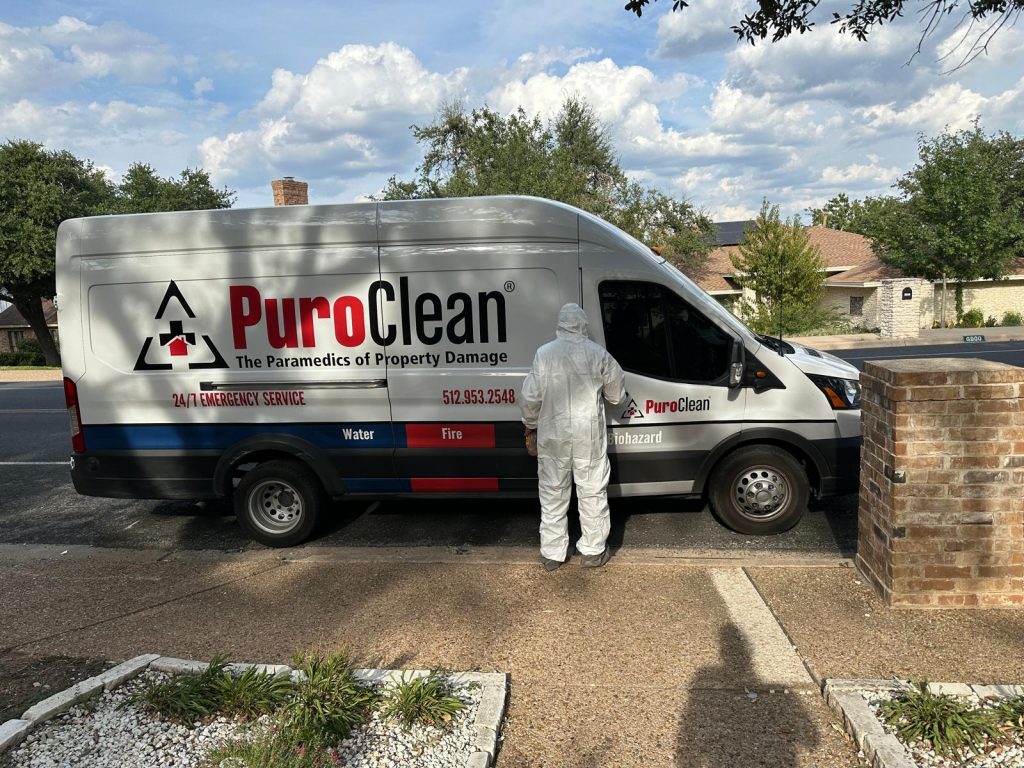
We recommend that mold remediation and cleanup should be handled by professionals whenever possible. PuroClean specializes in mold removal and cleanup, as well as remediation of the source of mold odor to return your home or business to its pre-loss condition.
Mold remediation may be a time-consuming process, and PuroClean of West Austin has the knowledge and technology needed for the job. Give us a call at (512) 953-2548 to speak with a technician.
